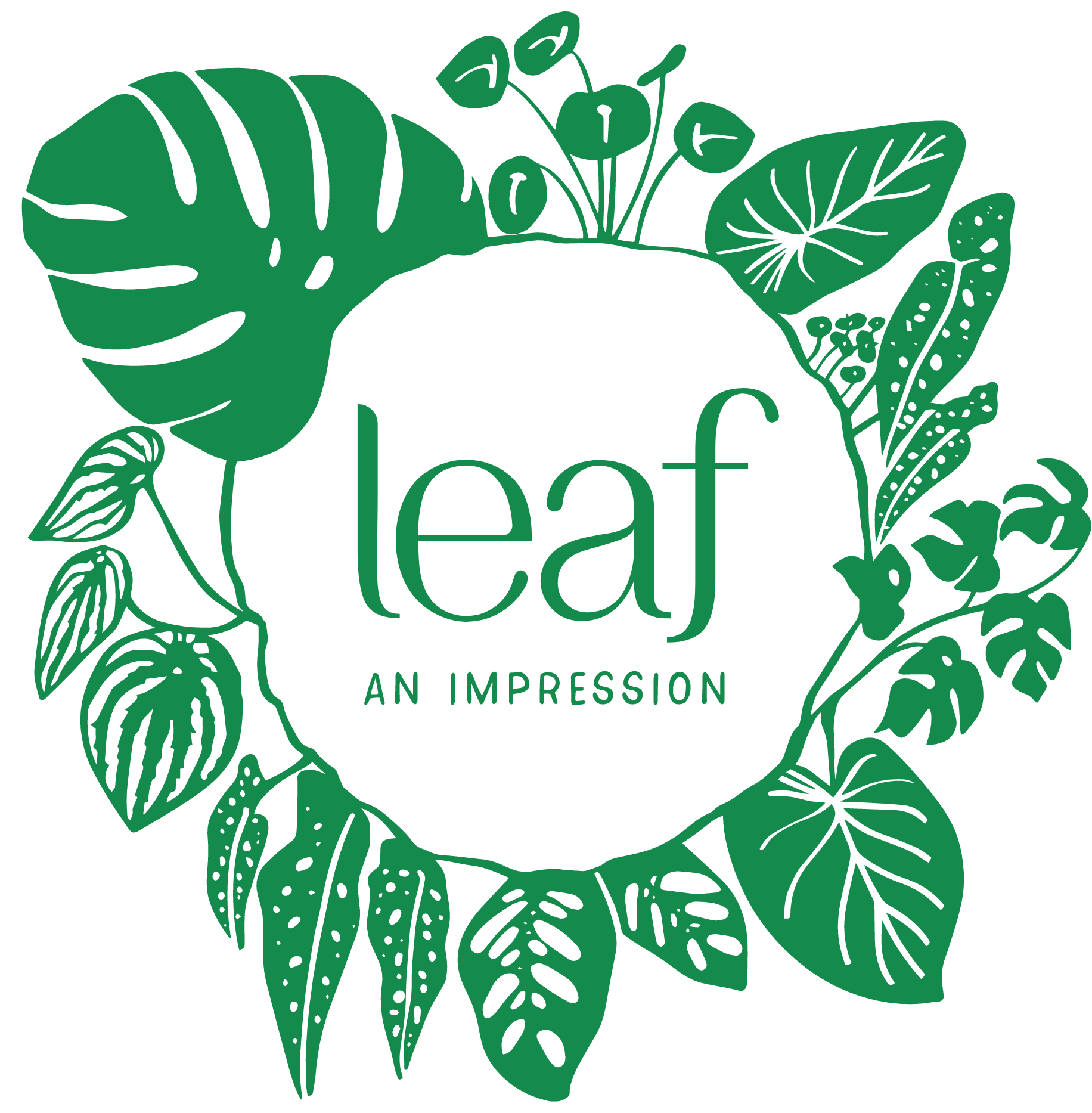The Need For Feed
Have you looked at your plants and wondered why they’re looking a little ‘meh’ or lackluster? Maybe the leaves are yellowing, they’re just not putting on any new growth or they’re constantly under attack from pests like scale, mites and thrips? Now, if I were to ask you, ‘What do you feed your plants?’, what would your answer be? Water? Nothing…?
These are common responses for most budding plant owners. It’s important to understand plants are just like us. They need food, water and sunlight to live - can you imagine what it would be like if you lived on a diet of just water? Yeah, not pretty. But, which food or fertiliser is best? Walk into any nursery or garden centre and you’ll easily be overwhelmed with the choices on offer. Different brands and different formats, all promising to be the best fertiliser for your plant babies.
So, let’s break it down and see what products you need for your plants to thrive.
The Need for Feed
When shopping for fertilisers, instead of just picking up the shiniest product on the shelf (hey, I get it, marketing gets me too), pick up a few and turn to the back. Just like we read nutrition labels on our foods, plants also have a nutrients table. The key nutrients to look out for are: nitrogen (N), phosphorus (P) and potassium (K). These are known as macro-nutrients and are consumed by the plant in large quantities. Plants also need small amounts of other nutrients like calcium, magnesium and sulfur, but these are needed in much smaller amounts. If you can locate this table, then you know you have your hands on plant food.
Here’s what those essential nutrients do:
Nitrogen: Essential for plant development, helps in promoting strong leafy green growth, ideal for feeding lawns and ‘foliage’ plants (ie. plants which aren’t grown for their flowers or fruit).
Phosphorus: Stimulates root growth and helps promotes flowering.
Potassium: Stimulates flowering and helps strengthens cell walls, which in turn, increases a plant’s resilience to withstand unfavourable environments.
The ratios or percentages of NPK will differ between products and will mostly importantly depend on what you’re trying to achieve. For example, lawns and ornamental grasses/foliage plants require a plant food higher in nitrogen, whereas flowering or fruiting plants need a fertiliser higher in potassium. For indoor plants, look for a fertiliser which has similar amounts of N and K (or slightly more N, if you’re not expecting flowers).
PSA: Seaweed is NOT a fertiliser. Seaweed helps promote strong root growth and helps plants cope better with environmental stresses like drought, frost and pest and disease attack, but it doesn’t provide plants with essential nutrients. However, I do recommend watering with diluted seaweed after re-potting to assist with transplant shock.
Photo credit: Adobe Stock
Types of Fertiliser
Now that we understand the basis of plant foods, let’s look at the types (focussing on those you would normally use indoors)
Soluble: Powder or fine granules which are added and dissolved in a watering can
Liquid: Similar to above, except in easy-to-pour liquid format
Slow release: Available in granules or pellets, which break down in the soil over time, releasing nutrients to the plant. However, the rate and duration at which it breaks down is not controlled, usually lasts 2-3 months.
Controlled release: A balanced dose of nutrients is packed into polymer coated pellets or prills, which releases nutrients as plants need them or as environmental conditions change (usually based on temperature, ie. nutrients are released when the soil is warm as warm soil usually means active plant growth).
It’s important to note that both soluble and liquid forms are fast acting and provides a quick injection of nutrients to plants. As such, they need to be applied more frequently than slow and controlled release products.
They will all feed your plants well, so the decision on which is best for you ultimately comes down to personal preference. For example, if you’re away quite often or you find feeding your plants a chore, then slow or controlled release may be better suited to your lifestyle. However, if you see that your plants are in need of a quick pick-me-up, then soluble/liquids will offer a fast response. Don’t forget to weigh in price as a factor, too.
When to Apply?
Soluble, liquid and slow fertilisers are best applied when plant’s are actively growing, flowering or fruiting - generally during the warmer months. When applying, follow the recommended application and frequency rates, applying to the soil or foliage as directed. Don’t over apply - more is definitely not more - and will result in burning your plants.
Timing isn’t as significant with controlled release fertilisers, but just remember to top up once the prills have completely broken down.
Hopefully this post has you feeling a little more confident about which fertiliser(s) to use! If you’re still unsure, drop a comment below and we’ll help.




